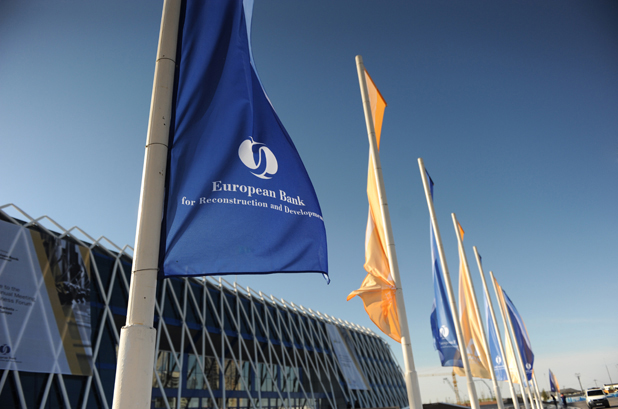Britain’s economic growth picked up in the second quarter of the year, driven by robust service sector activity and industrial output. The strong expansion rate raises the odds of an interest rate hike this year.
The UK’s economy expanded by 0.7 percent between April and June after slowing to 0.3 percent in the prior quarter, the country’s Office for National Statistics (ONS) said on Tuesday.
A rebound in the production and services sectors contributed to the growth. “UK growth strengthened in the second quarter thanks to buoyant services activity and a resurgent mining and quarrying sector,” said Lee Hopley, chief economist for the EEF manufacturers’ organization.
But the figures were “not wholly positive,” he said, with a marginal decline in manufacturing caused partly by “uncertainty in major export markets” and a stronger British currency.
However, a jump in North Sea oil and gas production helped industrial output gain 1.0 percent.
The stronger growth shows Britain is “motoring ahead” and “producing as much per head as ever before,” said Chancellor George Osborne. “We must stay on the road we’ve set out on,” he wrote on Twitter.
Rate hike this year?
In his budget speech in early July, Osborne promised to “put economic security first” and build a “higher wage, lower tax, lower welfare” nation. The government also planned to cut annual welfare spending by $18.5 billion dollars (16.7 billion euros).
Accelerating growth could, meanwhile, fuel fresh speculation over the timing of an interest rate hike by the UK central bank. The Bank of England (BoE) has maintained its benchmark interest rates at a historic low of 0.5 percent for the past six years as part of its efforts to stimulate growth.
BoE Governor Mark Carney has forecast that Britain’s record-low interest rates could start to rise at the turn of the year.
“It would not seem unreasonable to me to expect that, once normalization begins, interest rate increases would proceed slowly and rise to a level in the medium term that is perhaps about half as high as historic averages,” Carney said earlier this month.
sri/hg (AFP, dpa)




